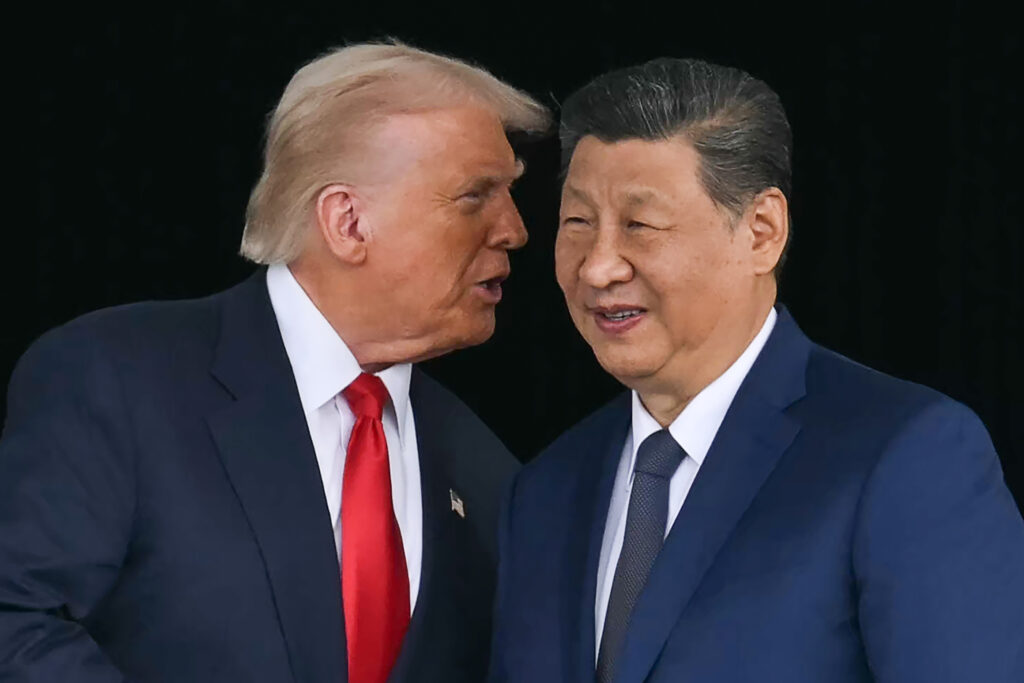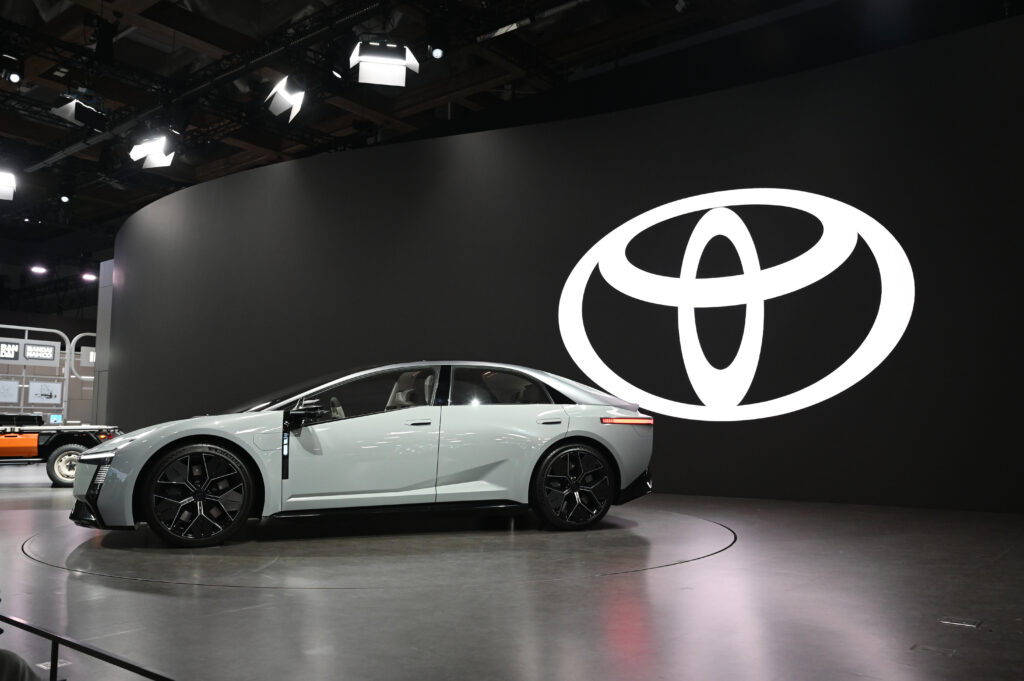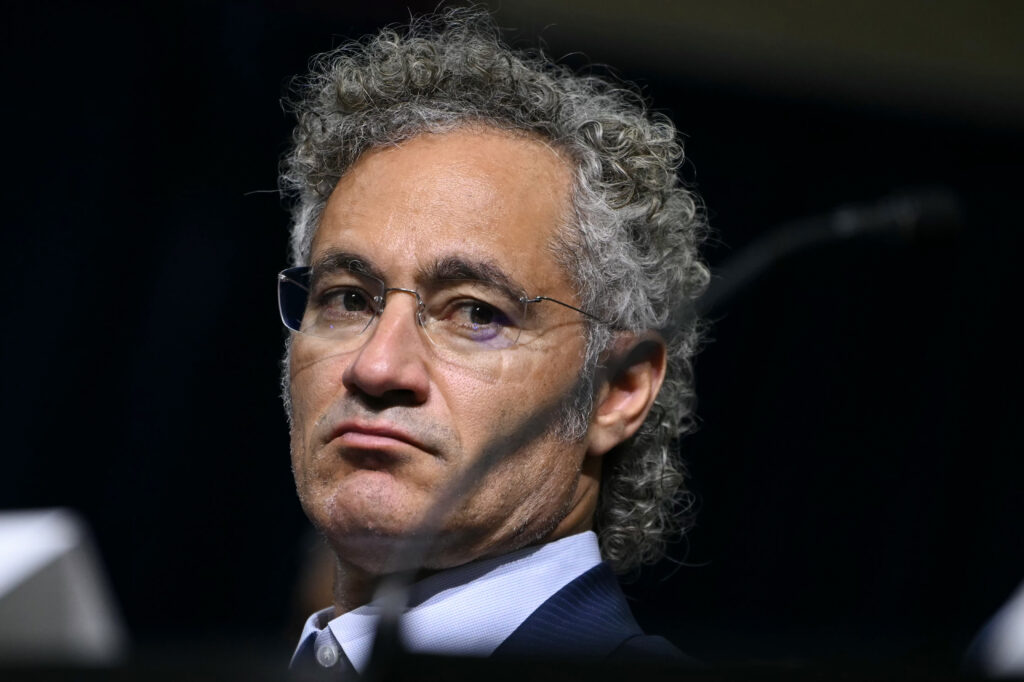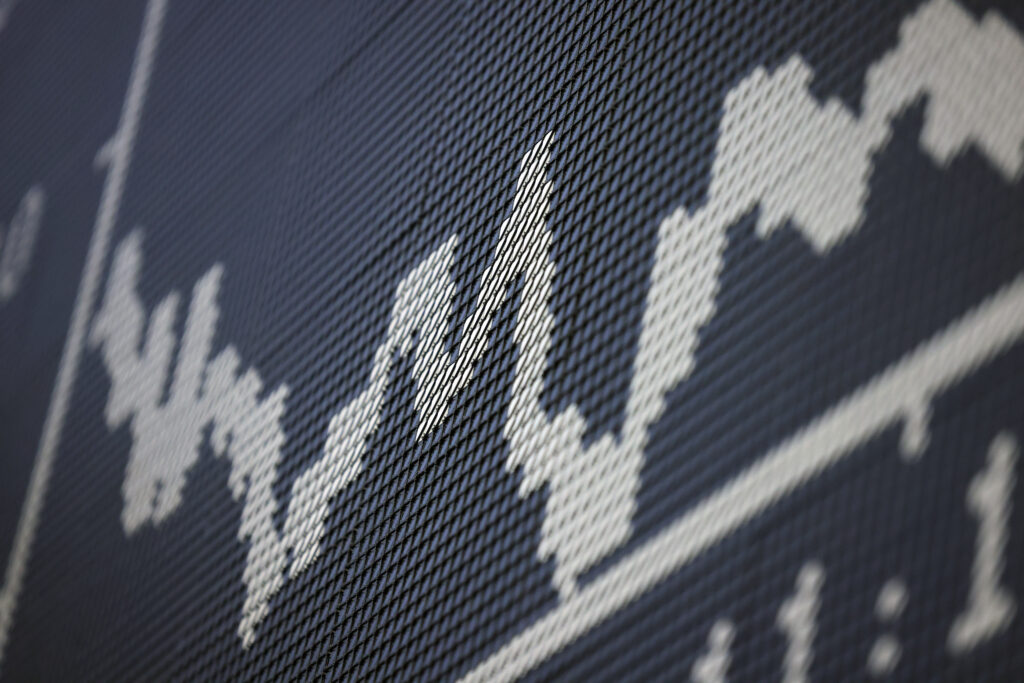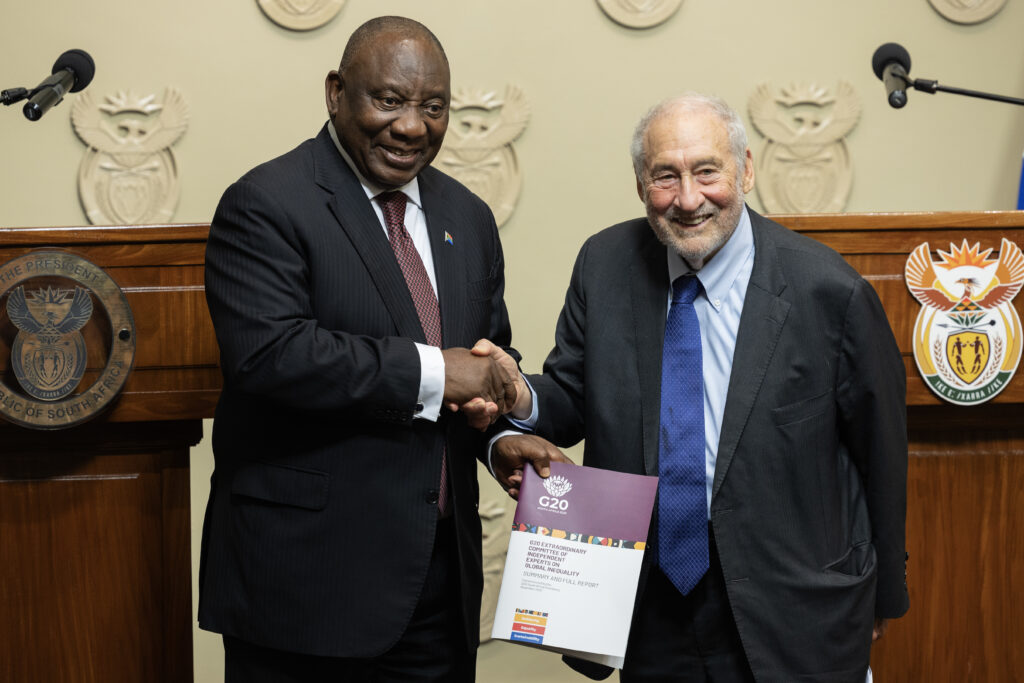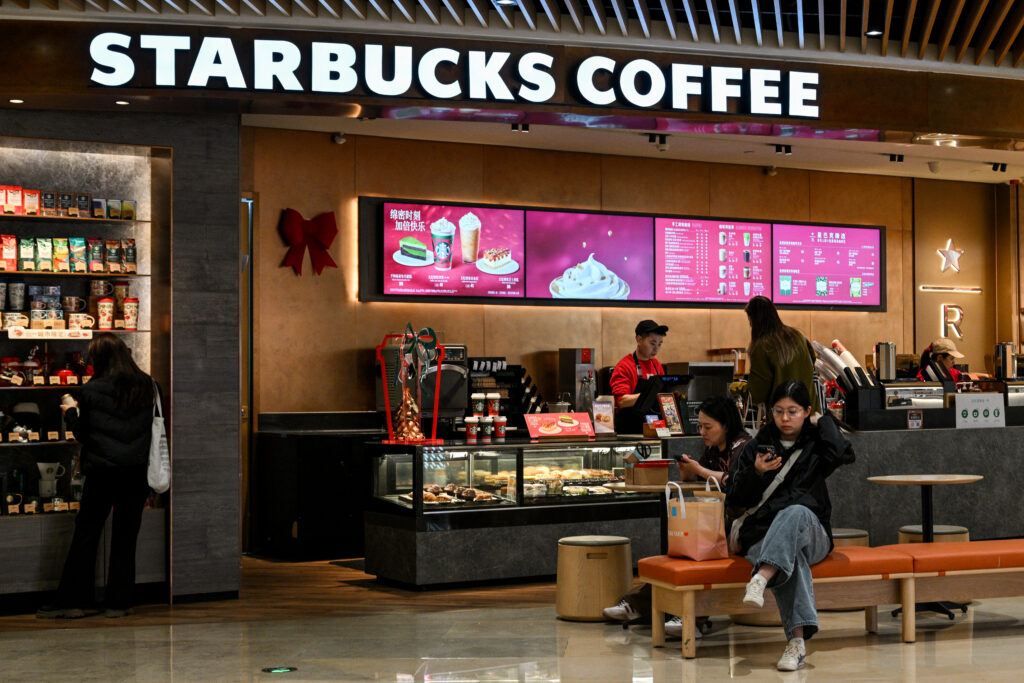Stocks retreat as tech bubble fears grow
Technology companies led sell-offs on stock markets Wednesday, as investors grow increasingly worried about an AI bubble following a rally that has propelled valuations to record highs.Sentiment was hit also by the US government shutdown, which Wednesday became the longest ever, topping the 35-day record set during President Donald Trump’s first term in office, as his administration warned of holiday air travel chaos and threatened Americans’ benefits in a bid to force a resolution.A total 1.4 million federal workers, from air traffic controllers to park wardens, are on enforced leave or working without pay. “As well as valuation fears, the US is grappling with a nation in shutdown,” noted Emma Wall, chief investment strategist at Hargreaves Lansdown.”The US is nearing peak travel period, with Thanksgiving later this month. Listed airlines are likely to see share prices fall should flights be cancelled en masse.”After an uncertain start to the week, Wall Street tumbled Tuesday, with the tech-rich Nasdaq closing down more than two percent and the S&P 500 off more than one percent.Asia took up the baton, with Seoul and Tokyo the hardest hit Wednesday. However many markets in the region recovered as the day wore on and pared many of the losses.Losses among Europe’s main indices were less severe approaching the half-way stage, while the dollar steadied.Oil prices rose and bitcoin recovered slightly after sharp losses Tuesday that sent the leading cryptocurrency briefly under $100,000. Global stock markets have soared this year as an eye-watering flood of cash piled into companies linked to artificial intelligence, including US titans Nvidia, Amazon and Apple as well as Asian firms Samsung and Alibaba.But despite recent strong earnings, traders have started questioning the wisdom of chasing ever-higher prices, with cash mostly funnelled into a handful of big-name companies.The gains have also been helped by an easing of US trade tensions and expectations that the Federal Reserve will continue to cut interest rates into the new year.However, last week’s warning from the US central bank that another reduction in December was not a foregone conclusion jolted sentiment.With the latest earnings seasons nearing an end, German carmaker BMW on Wednesday reported rising third-quarter profits despite challenges from slowing Chinese sales and tariffs.Its share price was up 0.6 percent following the update.- Key figures at around 1100 GMT -London – FTSE 100: DOWN 0.1 percent at 9,705.54 pointsParis – CAC 40: DOWN 0.3 percent at 8,040.73Frankfurt – DAX: DOWN 0.8 percent at 23,756.98Tokyo – Nikkei 225: DOWN 2.5 percent at 50,212.27 (close)Hong Kong – Hang Seng Index: DOWN 0.1 percent at 25,935.41 (close)Shanghai – Composite: UP 0.2 percent at 3,969.25 (close)New York – Dow: DOWN 0.5 percent at 47,085.24 (close)Euro/dollar: UP at $1.1483 from $1.1479 on TuesdayPound/dollar: UP at $1.3025 from $1.3019Dollar/yen: UP at 153.70 yen from 153.66 yenEuro/pound: DOWN at 88.14 pence from 88.17 penceBrent North Sea Crude: UP 0.7 percent at $64.90 per barrelWest Texas Intermediate: UP 0.8 percent at $61.03 per barrelburs-bcp/ajb/yad

